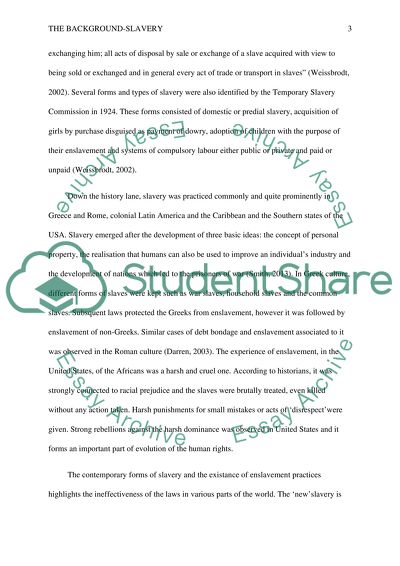Cite this document
(“The Background(1000words) is a written explanation of the historical Essay”, n.d.)
Retrieved from https://studentshare.org/history/1498939-the
Retrieved from https://studentshare.org/history/1498939-the
(The Background(1000words) Is a Written Explanation of the Historical Essay)
https://studentshare.org/history/1498939-the.
https://studentshare.org/history/1498939-the.
“The Background(1000words) Is a Written Explanation of the Historical Essay”, n.d. https://studentshare.org/history/1498939-the.


